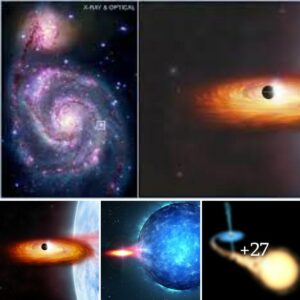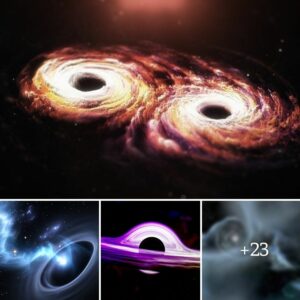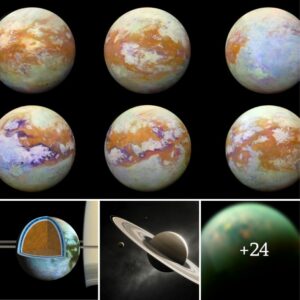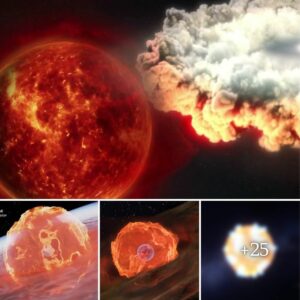Scientists believe that before our universe, another, previous cosmos existed. In a way, they are calling this process a cosmic cycle that repeats.
A researcher may have discovered conclusive evidence that another cosmos existed before this one. Not only that, but he also claims that ours is just the latest in an infinite series of universes. Professor Sir Roger Penrose argues that our known cosmos is the latest in a long line of previous universes, answering the question of what was ‘there’ before the Big Bang.
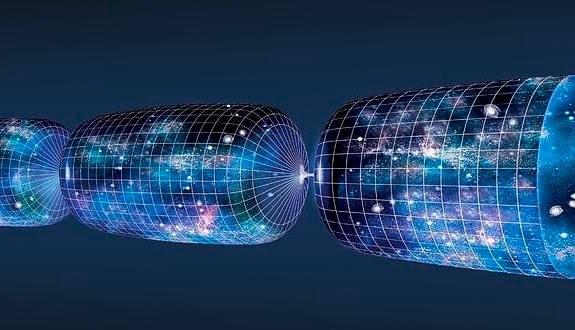
Another Universe Before This One
According to Professor Sir Roger Penrose, a former College of the late Professor Hawking, our universe still carries the scars of the events of our universe’s predecessor, which was destroyed 14 billion years ago. Prof Penrose, a researcher from the University of Oxford, is one of the world’s most distinguished theoretical physicists. He claims evidence suggests our universe is the latest in an infinite series of universes, each emerging phoenix-like from its predecessor in a Big Bang.

Accepted scientific models suggest that our universe and everything inside it, stars, planets, and galaxies, burst into existence literally out of nowhere, thanks to strange and mostly undiscovered laws that govern the sub-atomic world.
The inflation model of the universe’s birth was hailed as a breakthrough when it was first proposed in the 1970s. However, the more we explore the cosmos and research, the more this theory becomes obsolete. According to a cyclic model of the cosmos, the answer to what existed before our universe is simple: another one.
Telltale signs
Prof. Penrose and colleagues in the US and Poland have been investigating this idea. They believe they’ve finally come across telltale signs of universes that may have existed before ours, and they base their claims on studies of radiation left over from the Big Bang. First spotted by astronomers in the mid-1960s, this radiation permeates the whole of space in the form of microwaves.
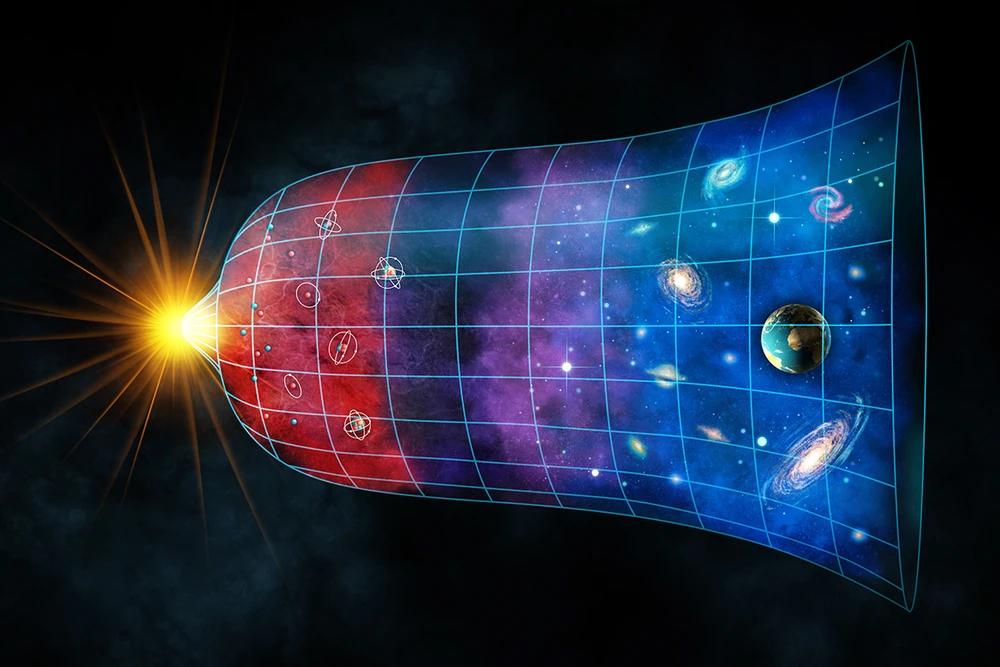
However, studies have shown that this radiation is not spread equally across the cosmos. Astronomers argued that this distribution inequality was due to turbulence when our universe was created. However, Professor Penrose and his colleagues believe this radiation also shows consistent patterns that may have occurred in a different universe that existed before ours.
Prof. Penrose and his team suggest that our cosmic predecessor may have contained supermᴀssive black holes. Over countless millions of years, these black holes would have devoured all matter in the previous cosmos. Countless millions of years after this event, these mᴀssive black holes also vanished in bursts of so-called Hawking Radiation.
